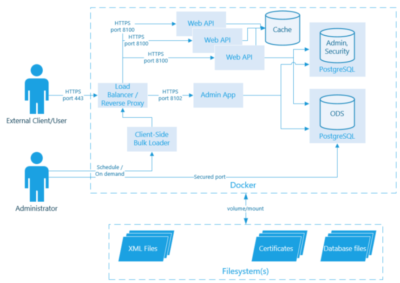Preparing for PowerShell Core and .NET Development on Ubuntu on Windows
Goal: setup PowerShell Core and .NET for development in Ubuntu running in Windows subsystem for Linux (WSL). And a few other tools.
Motivation: porting PowerShell scripts for .NET development on Linux, thus enabling more programmers to develop on a certain codebase and enabling use of Linux-based containers for continuous integration and testing.

